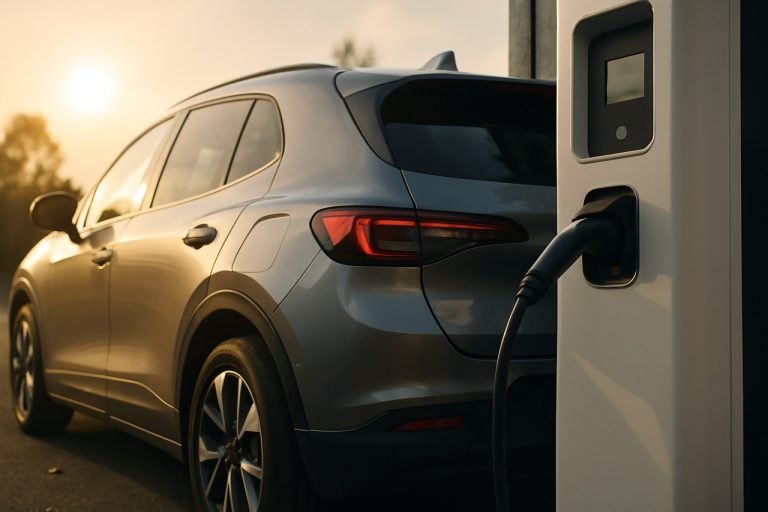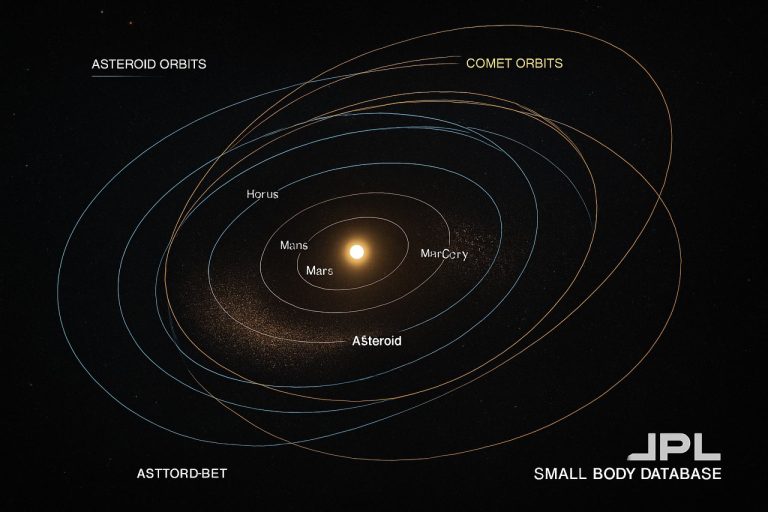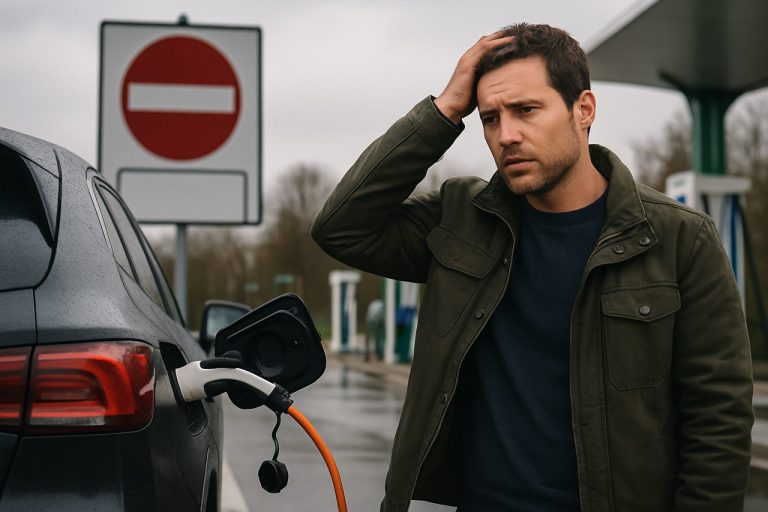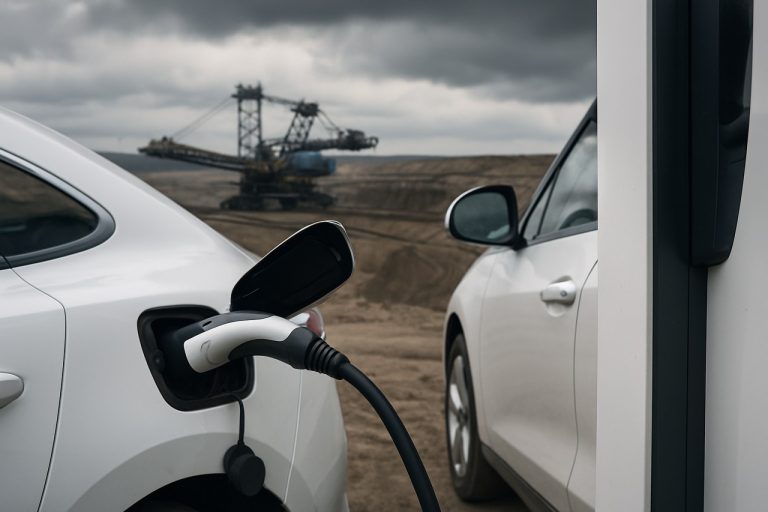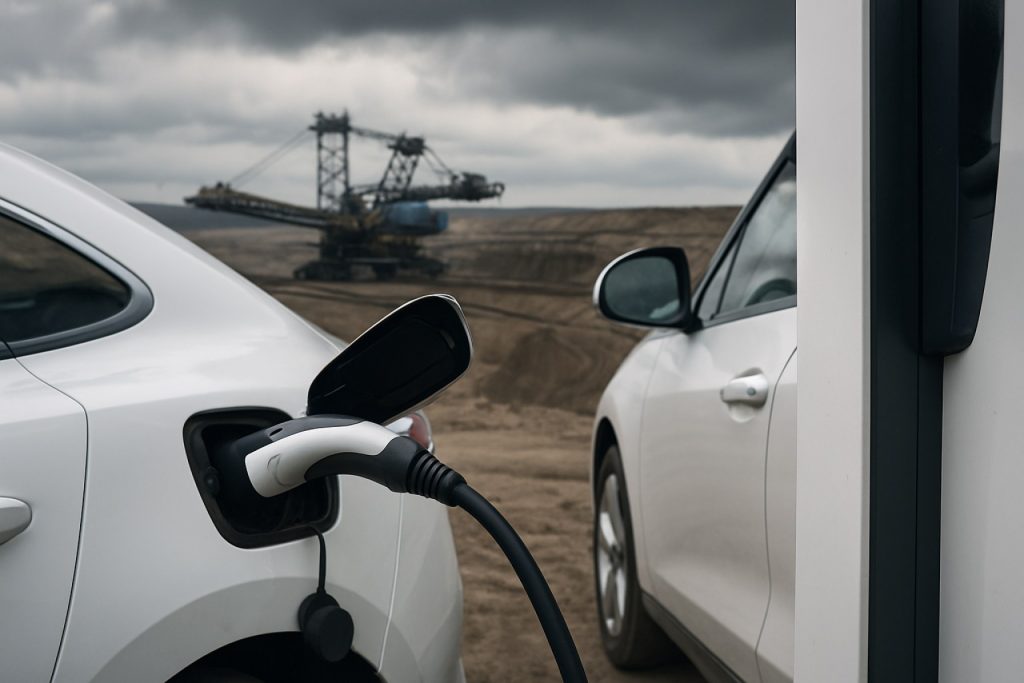
- Public charging deserts threaten widespread electric vehicle (EV) adoption, with station availability lagging far behind record EV sales.
- Recent policy changes and uncertain federal funding are hindering crucial charging infrastructure investments.
- Rural and underserved areas face the greatest shortage, but even urban drivers experience long waits and frequent charger malfunctions.
- The fragmented network of non-Tesla chargers often leads to broken equipment, unreliable service, and driver frustration.
- Solving the EV charging crisis requires collaboration among automakers, utilities, governments, and private companies.
- Innovative approaches, public-private partnerships, and ongoing investment are vital to ensure reliable, accessible charging for all.
- A dependable, widespread public charging network is essential for a truly sustainable, electrified future on America’s roads.
For millions, the electric vehicle revolution promises cleaner air, quieter streets, and liberation from gas pumps. Yet, as EVs glide silently onto highways in record numbers, a looming crisis begins to cast a long shadow: the places to charge them are vanishing or, in many areas, never even materialized.
Public charging deserts have become the new obstacle for drivers who traded combustion engines for batteries and hope. Across the United States, the surge in electric vehicle sales has far outpaced the modest growth of the public charging network. While automakers tout impressive new models and state governments push for cleaner transit, a tangle of red tape and shrinking federal support threatens to stall progress.
Startlingly, recent policy shifts have strangled planned investments in crucial infrastructure. With federal funding for chargers now uncertain, municipalities and private companies hesitate to break ground on new sites. The result? In many cities, drivers circle parking lots hunting desperately for available—and operational—chargers. Once, it was “range anxiety” that troubled early adopters; now, it’s the anxiety of finding any place to plug in at all.
Consider the stats: In 2023, Americans bought over 1.1 million new EVs—nearly 8% of all auto sales. But less than 10,000 new high-speed DC charging stations opened nationwide, lagging far behind the skyrocketing demand. Tesla’s proprietary Supercharger network sets a high bar for access and reliability for its customers, yet most other EV owners rely on a jumble of less-predictable options, with broken equipment and long waits often par for the course.
Large swaths of the country, particularly in rural states and underserved neighborhoods, remain “charging deserts.” Meanwhile, many older stations suffer from neglect: ask any EV driver about pulled cords, malfunctioning screens, or endless “out of order” notices. In dense urban areas, it’s not uncommon for lines to snake around the block as drivers jockey for the next available spot.
The problem is further complicated by who bears the responsibility. Building and maintaining an electrified future requires collaboration across automakers, utility companies, local governments, and businesses. Each group faces unique challenges—integration with the aging power grid, zoning approvals, cost overruns, and uncertain returns on investment.
Yet, hope stirs beneath the surface. Private investment pours into next-generation networks, and tech companies experiment with subscription models and real-time apps that map availability and streamline payment. Some states, like California and New York, persist with aggressive infrastructure plans regardless of federal headwinds. Internationally, nations such as Norway and the Netherlands have proven it’s possible: their cities pulse with thousands of easy-access chargers, weaving EVs into daily life.
The key message? Adoption alone is not enough. A cleaner, electric future depends on the invisible backbone of reliable, omnipresent public charging—one as ubiquitous as today’s corner gas stations. Without it, America’s great leap into electrification risks stalling before its promise can fully transform our roads and cities.
As the race to electrify accelerates, leaders and innovators must align to turn potential into reality. For in the world of electric vehicles, the real power lies not under the hood, but plugged into the wall. To understand more about sustainable technologies and the future of mobility, see Tesla and Nissan.
America’s EV Boom Is Hitting a Charging Wall: What You Need to Know Before Driving Electric
—
# America’s EV Charging Crisis: Facts, Solutions, and What Every Driver Should Know
Electric vehicles (EVs) are transforming how Americans drive, promising cleaner air and a quieter future on the road. But beneath the promise lies a growing crisis: public EV charging options are not only lagging behind skyrocketing demand, but “charging deserts” threaten to stall the entire electric transportation revolution. Here are essential facts, expert insights, actionable tips, and everything you must know if you own—or plan to own—an EV.
—
Crucial Facts Not Fully Explored: The Real State of U.S. EV Charging
1. EV Charging Infrastructure Gaps Are Widening
– According to the U.S. Department of Energy, as of early 2024, there are just over 61,000 public charging stations nationwide, serving a fleet of more than 3 million electric vehicles.
– The International Council on Clean Transportation projects that to support EV adoption targets, the U.S. will need over 2 million public chargers by 2030—roughly 30 times the current number (source: ICCT 2022 report).
2. Fast vs. Slow Charging: What Most Drivers Don’t Realize
– DC fast chargers (Level 3) can add 100+ miles of range in less than 30 minutes but are more expensive to deploy and operate.
– Level 2 chargers are cheaper and more common, but they usually require 4–8 hours for a full charge. Many locations only offer Level 2 charging.
– Tesla’s Supercharger network offers widespread, high-speed charging—but non-Tesla EVs are mostly excluded or limited (though new connector standards may change this).
3. Home Charging Is a Privilege, Not a Given
– Nearly 35% of Americans live in apartments or homes without off-street parking, limiting their access to reliable home charging solutions (source: U.S. Census Bureau).
– Rural areas face unique challenges: long distances between stations and unreliable cell/data signals to access station-locating apps.
4. Reliability Issues Plague Public Chargers
– A 2023 J.D. Power study found that one in five charging attempts at public stations ends in failure due to out-of-order equipment or software glitches.
5. Charging Access Inequality Persists
– Lower-income communities and communities of color are disproportionately affected by a lack of charging infrastructure, deepening the digital and transportation divide.
—
How-To: Surviving the Charging Desert—Practical Steps & Life Hacks
1. Plan Long Trips Carefully: Use multiple apps (PlugShare, ChargePoint, or your vehicle’s native software) to locate compatible chargers. Always have a backup location in mind.
2. Check Reviews: Before heading to a charging station, read real-time user reviews to spot outages or long lines.
3. Bring a Charging Adapter: If your EV supports it, invest in adapters for different connectors (e.g., CCS, CHAdeMO, Tesla NACS), broadening your charging options.
4. Take Advantage of Workplace Charging: Many employers are beginning to install stations; inquire about options at your job.
5. Time Your Charging: Off-peak hours (late night or early morning) usually offer greater charger availability and sometimes lower costs.
—
Reviews, Specs, and Pricing: Charging Networks Compared
– Tesla Supercharger: Reliable, fast (up to 250 kW), but traditionally limited to Tesla vehicles. Expansion to other brands is on the horizon.
– Electrify America: Fast-growing, offers high-power DC charging (up to 350 kW); reported issues with hardware reliability but expanding coverage.
– ChargePoint: Largest network by locations, mostly Level 2; widely accessible but slower charging speeds.
– EVgo: Urban-focused, combines fast charging and convenient locations, but fewer charging ports at each station.
Cost: Pricing varies by provider and region, typically ranging from $0.20 to $0.60 per kWh for DC fast charging, often much higher than standard home charging rates.
—
Industry Trends & Market Predictions
– The Biden administration set a goal for 500,000 public chargers by 2030, but funding shortfalls and regulatory delays cast uncertainty.
– Major automakers (e.g., Ford, GM, Nissan) are shifting to the Tesla NACS (North American Charging Standard), which could unify and accelerate access by 2025-2026.
– Private investment is fueling new business models: subscription-based charging, battery swap stations (e.g., NIO in China), and real-time reservation platforms.
—
Controversies & Limitations
– Grid Capacity: Local grids may not handle high concentrations of fast chargers, especially during summer peaks (source: EPRI).
– Permitting Delays: Zoning and approvals can add months—even years—to charging projects.
– Sustainability: Most public chargers run off fossil grid electricity; zero-emission charging depends on broader grid greening.
—
Pros & Cons Overview
Pros:
– Reduced emissions, cleaner air.
– Lower “fuel” costs for most drivers.
– Quieter, smoother rides.
Cons:
– Infrastructure gaps and reliability issues lead to charging anxiety.
– Costs for public DC fast charging can add up.
– Home charging not feasible for all.
—
Most Pressing Questions Answered
Q: How likely am I to find a working charger on a long drive?
A: Depends heavily on your route; on popular highways in states like California, Texas, or along the I-95 corridor, odds are good, especially with a Tesla. Rural/interstate travel requires more planning and flexibility.
Q: Can I charge any EV at any “public” station?
A: Not always; connector types (Tesla, CCS, CHAdeMO) and software/payment compatibility vary. Always check ahead.
Q: Is fast charging bad for my EV battery?
A: Occasional fast charging is fine, but frequent use can accelerate battery degradation. Most automakers recommend a mix of slow and fast charging for longevity.
Q: Are there incentives to help install home chargers?
A: Many states and utilities offer rebates (sometimes over $500), and the federal government provides tax credits for EV charging equipment. Always check http://energy.gov for up-to-date incentives.
—
Security, Sustainability & Future Readiness
– Smart chargers now offer features like remote locking/power-limiting, data privacy controls, and integration with solar panels.
– Bi-directional charging (vehicle-to-grid) could allow your EV to power your home during blackouts—pilots are underway in California and New York.
—
Actionable Recommendations and Quick Tips
– Plan ahead: Use multiple apps and always confirm charger operability before you go.
– Explore workplace/public charging: Petition your employer, landlord, or local businesses to install chargers.
– Stay updated: Technology and network access standards are changing rapidly; subscribe to alerts from major automakers or the U.S. Department of Energy.
– Consider plug-in hybrids: If you routinely drive in poorly served regions, plug-in hybrids can bridge the gap until more chargers arrive.
– Advocate locally: Join coalitions pressing for equitable charging infrastructure in your city or town.
For more on EV technology, check out reputable automakers like Tesla and Nissan.
—
Final Word
America’s electric future is only as strong as its public charging backbone. As you consider your next vehicle—or plan your next road trip—don’t just look under the hood. Look for the plug, and demand the infrastructure your sustainable future deserves.
